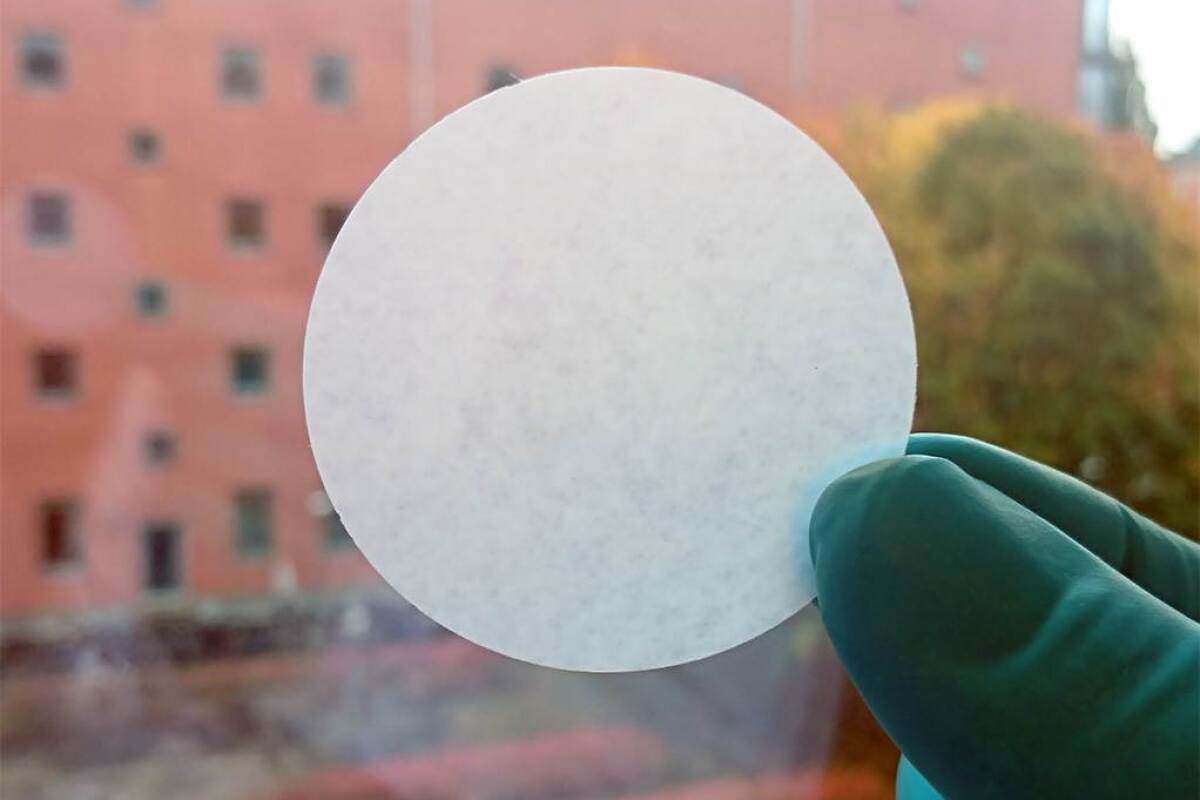Throughout the densely-populated country of Bangladesh, a lack of access to clean drinking water is responsible for a variety of debilitating and often-lethal infections. Soon, however, residents could filter virtually all harmful microbes out of their water, using paper derived from algae.
The experimental new filtration paper was produced as part of a research project involving Sweden's Uppsala University and Bangladesh's Dhaka University.
Made chiefly of nanocellulose fibers obtained from locally-grown Pithophora green macroalgae, the low-cost material incorporates tiny pores, the size of which has been tailored to allow water to pass through while trapping viruses and bacteria. In lab tests, sheets of the paper were shown to be over 99.999-percent efficient at removing all such pathogens in water gathered from Bangladesh's Turag River and Dhanmondi Lake.
And unlike the trees from which traditional filtration paper is made, the Pithophora algae can be inexpensively grown, harvested and processed right within population centers, requiring relatively little in the way of heavy machinery or other infrastructure.
"Access to clean water will contribute strongly to improved health thus reducing poverty," says Dhaka University's Prof. Khondkar Siddique-e-Rabbani, project coordinator in Bangladesh. "We are optimistic that through future development of devices, the filter paper produced from the locally growing algae will be useful to prevent potentially deadly water-borne diseases and improve the quality of life for millions of people."
The research is described in a paper that was recently published in the journal ACS Sustainable Chemistry and Engineering.
Source: Uppsala University




